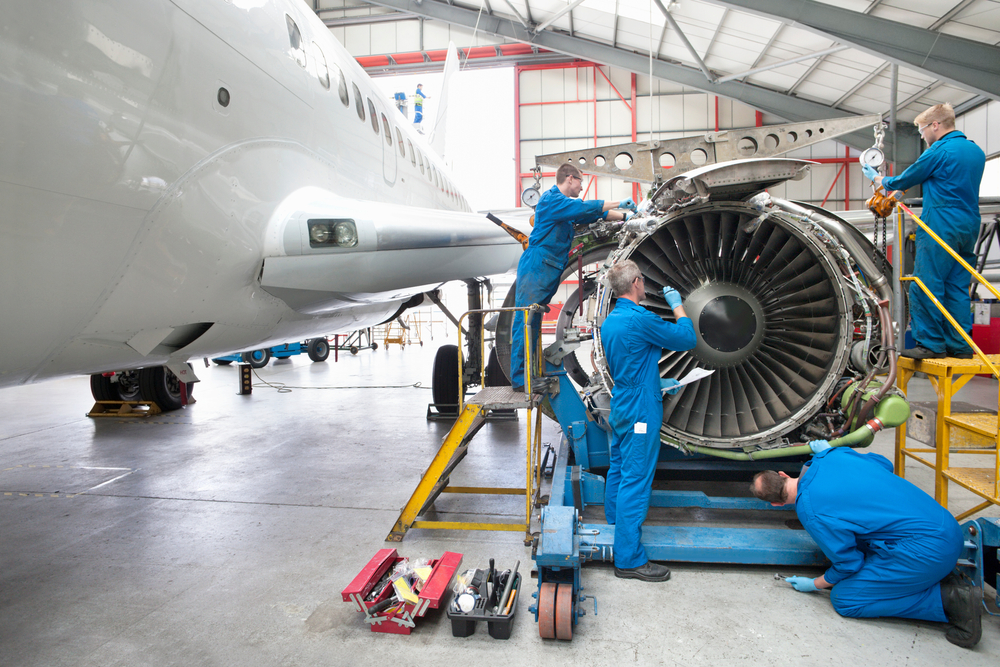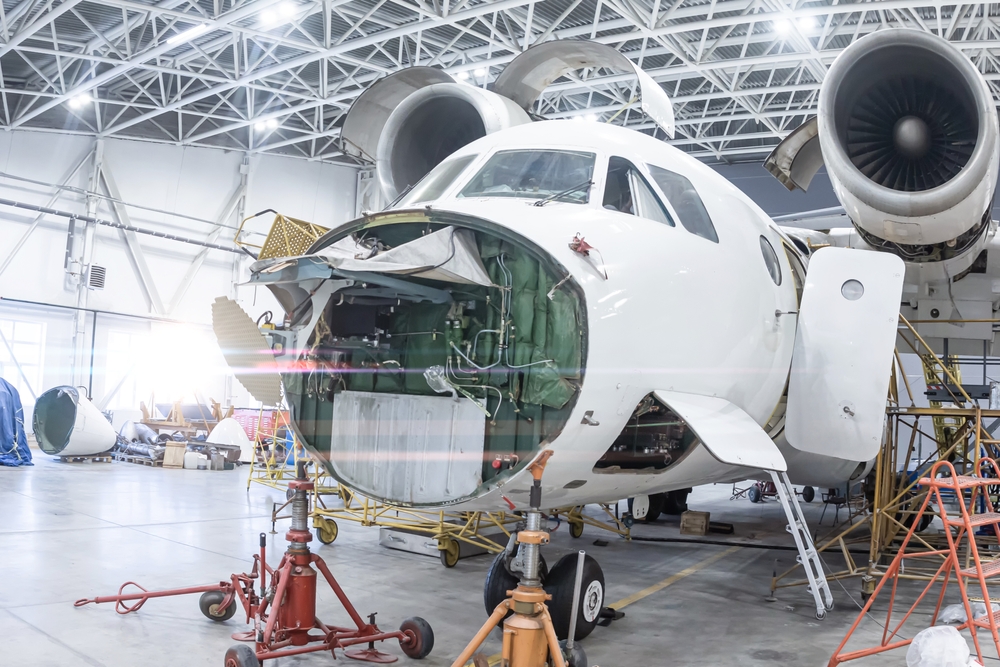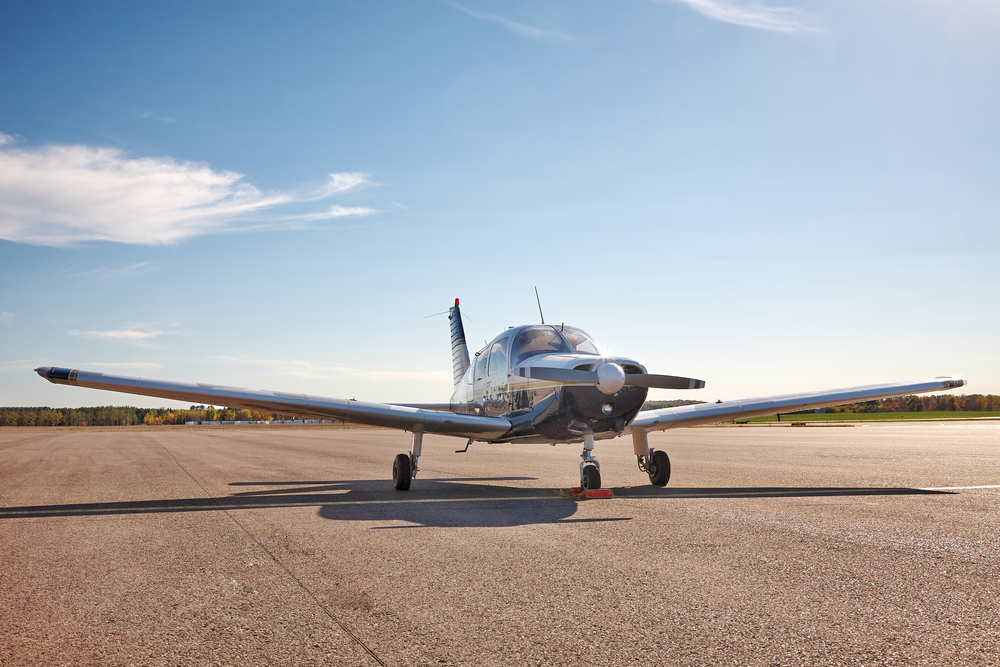MRO Aviation boosts aircraft safety and reliability through advanced maintenance, repairs, and predictive technology-driven overhaul solutions.
MRO Aviation: A Deep Dive into Maintenance, Repair, and Overhaul

MRO aviation, short for Maintenance, Repair, and Overhaul aviation, plays a critical role in the aviation industry. Ensuring aircraft are safe, efficient, and airworthy requires meticulous attention and highly specialized skills.
Aircraft maintenance involves both scheduled and unscheduled services. Scheduled maintenance, often based on time intervals or flight cycles, includes inspections, testing, modifications, and repair. Unscheduled maintenance occurs when faults arise unforeseen.
Key components in aircraft that require consistent MRO include engines, avionics systems, landing gear, and the fuselage. Each part must meet rigorous safety standards set by aviation authorities such as the FAA and EASA.
Engine Maintenance

Engines are the powerhouse of an aircraft and require careful monitoring and regular checks. MRO procedures ensure engines operate efficiently and reliably. Engine maintenance includes visual inspections, part replacements, performance assessments, and cleaning.
- Routine inspections checking for wear and tear.
- Detailed analysis and calibration during each check.
- Replacement of damaged or worn parts with certified components.
- Adherence to strict guidelines and standards.
Technicians use various diagnostic tools to detect potential issues before they become critical. This proactive approach minimizes downtime and enhances safety.
Avionics Systems
Avionics, the electronic systems used on aircraft, manage communication, navigation, and the management of multiple onboard systems. MRO tasks in this area involve software updates, hardware calibration, and troubleshooting:
- Regularly updating and patching software to protect against vulnerabilities.
- Calibration ensuring instruments display accurate information.
- Troubleshooting intermittent faults and repairing defective hardware.
Avionics systems are sophisticated and sensitive, requiring specialized knowledge and precision. Safety protocols must be followed meticulously to maintain the integrity of crucial systems.
Landing Gear
The landing gear supports the weight of the aircraft during landings and takeoffs. Maintenance involves inspection for stress fractures, hydraulic system checks, and lubrication of moving components. There’s also the replacement of tires and checking the alignment.
Workers use non-destructive testing methods like ultrasound and X-ray scans to identify internal damage. Proper care and timely intervention prevent failure during critical phases of flight.
Fuselage and Structural Maintenance
The fuselage, which holds the aircraft’s cabin, cargo, and fuel, must be structurally sound. MRO tasks on the fuselage often involve:
- Inspecting for corrosion, dents, and other damage.
- Repairing minor damage promptly to prevent it from worsening.
- Applying protective coatings to guard against environmental damage.
Ensuring the structural integrity of the fuselage is vital for the overall safety and longevity of the aircraft.
MRO Regulations and Compliance
The aviation industry is highly regulated to ensure the safety of passengers and crew. Compliance with regulations from authorities like the FAA (Federal Aviation Administration) and EASA (European Union Aviation Safety Agency) is essential.
MRO providers must adhere to approved maintenance programs and procedures, maintain detailed records, and ensure their personnel are properly trained and certified. Regular audits and inspections by regulatory bodies ensure continuous compliance.
New Technologies in MRO
Technology continually transforms MRO practices. Innovations like predictive maintenance, drones for inspection, and automated diagnostics are game-changers.
Predictive maintenance uses data analytics and machine learning to forecast potential failures. This approach helps in scheduling preventative work before an issue occurs, optimizing maintenance cycles.
Drones allow for fast and efficient visual inspections, especially in hard-to-reach areas. They gather high-resolution images and data, enabling precise damage assessment.
Automated diagnostic tools enhance the accuracy and speed of detecting faults. These tools often integrate with digital maintenance records for a streamlined process.
Cost Management in MRO
Managing costs is a significant aspect of MRO operations. Aircraft downtime translates to financial losses, making cost-effective and efficient maintenance programs essential.
Strategies include:
- Utilizing predictive maintenance to reduce unscheduled repairs.
- Implementing lean practices to streamline processes.
- Outsourcing some MRO activities to specialized providers.
Balancing cost with maintaining high safety and reliability standards is crucial for sustainable operations.
The Future of MRO in Aviation
The future of MRO aviation looks promising with further advancements in technology and materials science. The increasing use of composite materials in aircraft construction presents new challenges and opportunities for maintenance.
Developments in AI and IoT are expected to further enhance predictive maintenance capabilities. The ability to monitor and analyze data continuously will enable more precise maintenance schedules.
As the industry evolves, the demand for skilled technicians familiar with these new technologies will grow. Continuous training and certification will be necessary to keep pace with advancements.
MRO aviation remains a cornerstone of the aviation industry, ensuring the safety, efficiency, and reliability of aircraft worldwide. Understanding its intricacies reveals the depth of expertise required in keeping the skies safe.

